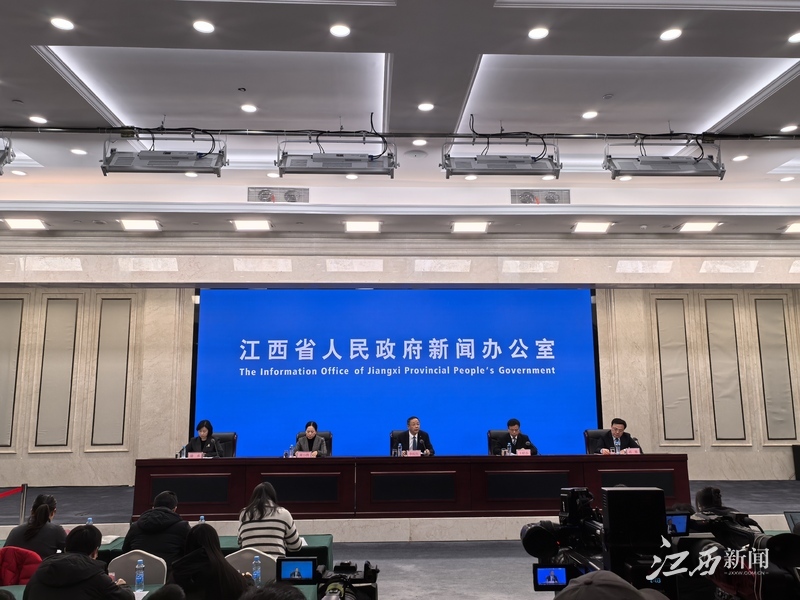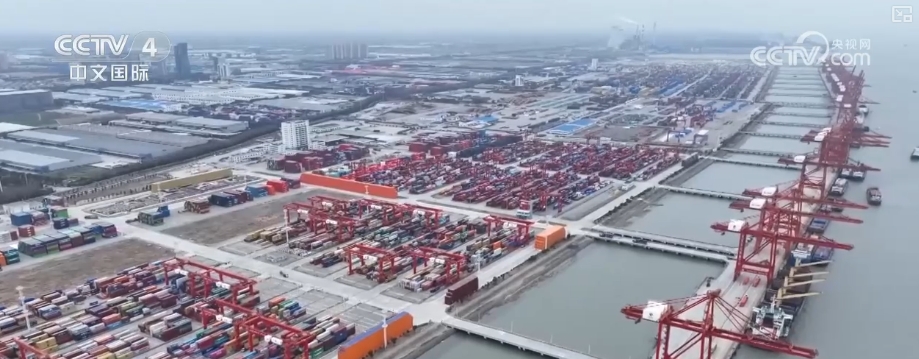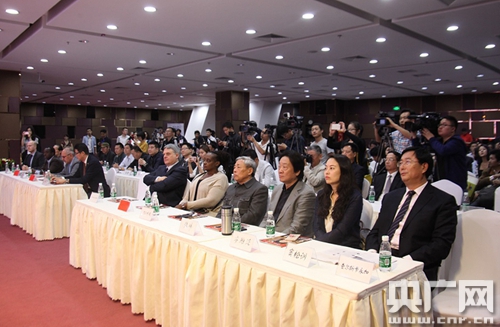800 Generals Of The US Military Returned To China For A Meeting: Only Focusing On One Opponent, If They Fight With China, They Will Expand Production Capacity By 4 Times
800 Generals Of The US Military Returned To China For A Meeting: Only Focusing On One Opponent, If They Fight With China, They Will Expand Production Capacity By 4 Times
At the meeting, Trump claimed that the United States was leading China and Russia in submarine technology for 25 years, but ignored China's progress in hypersonic weapons, drones and other fields. The US military's allies are also facing rifts, and Japan, South Korea and other countries are indifferent to the US's production expansion plan
At the end of September 2025, the U.S. Department of Defense held a very unusual meeting, with nearly 800 senior generals being urgently recalled and gathered at a Marine Corps base in Virginia for a closed-door meeting. These generals are distributed around the world, some are stationed in Japan and South Korea, some are in Europe and the Middle East, and some have just returned from military exercises in the Pacific. The meeting was not made public, and the atmosphere was very serious. The only keyword mentioned repeatedly was "China".

At the beginning of the meeting, Hegses mentioned "China" frequently three times, and the atmosphere was obviously tense. Then, the Pentagon sent a clear signal: if the United States really wants to go to war with China, the existing military production capacity alone is far from enough, and the production capacity of key weapons such as missiles must be expanded to four times that of now.

This is not just a warning or expectation, but a realistic preparation. Behind the goal of four times production expansion reflects the shortage of ammunition supply faced by the US military in actual combat drills. In multiple Western Pacific war games, the US military found that existing missile inventory was not enough to deal with high-intensity confrontation and could even support consumption for several days.

However, this goal seems ambitious, but the reality is far colder than the slogan. For example, the seeker, the key element of the Patriot missile, is exclusively provided by Boeing, but the company's production lines are aging and technical workers are short of, so even if it is produced at full capacity, it cannot meet the demand. In addition, the rare earth materials and precision electronic components required for missile manufacturing still rely heavily on China's supply chain. Because of this, the goal of four times the production is difficult to achieve. Raytheon had planned to increase production of the "Standard-6" missile, but due to the delay in production of the production line, production is expected to begin until 2027. The Japanese Self-Defense Force even had to resell some of the missiles in stock to the United States.

The US military's military-industrial system has also exposed the problem of inefficiency. In order to pursue maximum profits, military giants such as Lockheed Martin outsourcing low value-added links to small and medium-sized enterprises for a long time, resulting in fragile supply chains. Space projects have been suspended due to bankruptcy of subcontractors in the past few years. Nowadays, if a war breaks out of this model of "giants eating meat and small factories drinking soup", it may lead to a fatal supply chain break.
Not only the military capacity, but also the problems of equipment aging and technical generation problems also make the US military anxious. For example, the cracks exposed by the U.S. Navy's USS Truman aircraft carrier exposed when it collided with a merchant ship in 2025 are just the tip of the iceberg. According to statistics, 70% of the US Navy's ships have exceeded 50% of the designed life, while some nuclear submarines have to be suspended and renovated because they have been in service for an excessive period of time. Even the F-35 fighter, which is regarded as the "core of strategic deterrence", still has more than 130 design defects, and the stand-alone cost is as high as US$150 million. In many simulated air battles, this fighter jet was even suppressed by China's J-20.

At the same time, China's progress in the field of technology has put deep pressure on the US military. The Eagle Strike-21 anti-ship missile displayed by China has a range that covers the core defense area of the US aircraft carrier strike group. The US "hypersonic missile" project failed multiple test launches and was even cut by Congress. In the field of drones, China's "loyal wingman" cluster has been deployed in practice, while the U.S. Navy's unmanned fleet plan is still at the design stage, and its large unmanned ships cost more than existing frigates.
In the intervening of the meeting, a lieutenant general who had participated in the Afghan war expressed concerns about the generational disparity of technology. He pointed out: "Our Tomahawk missile is still a product of the Clinton era, and China's hypersonic weapons can already hit Guam within 10 minutes." The speed gap in technology iteration forced senior U.S. military officials to admit: "We are losing the starting line of the next war."

Behind this series of military challenges, a political cleansing without gunpowder is also underway. Hegses announced a 20% cut in four-star general position and said he wanted to clear the influence of "Awakening Culture". This personnel adjustment triggered a chain reaction. In mid-September, a four-star general from the Air Force Operations Command suddenly retired, and the deputy director of the Army General Staff was also transferred to the logistics department, citing "not firm in strategic positions." Some generals were asked to submit a "loyalty assessment report" and review their support for Trump's policies and social media comments. This politicized operation has seriously impacted the professional traditions of the US military.

Not only that, Hegses' qualifications have also become a laughing stock in the army. He only served for four years and even ASEAN members could not answer completely at the Senate hearing, but he still talked about the "warrior spirit". This situation has made the morale of grassroots officers even more depressed. Some technical officers chose to resign because they were dissatisfied with the policy, while some missile R&D teams lost 30% of their core members within six months. This problem of "talent gap" may have a long-term impact on the US military's innovation capabilities.

At the same time, the dilemma of the US fiscal situation has also cast a shadow on the expansion plan. As the last day of the federal fiscal year, on September 30, Congress still failed to pass the fiscal year 2025 budget. Against this background, whether the Pentagon’s “quadruple production expansion” plan can be realized faces huge financial pressure. Even if Congress finally passes the budget, it will have to squeeze out additional funds from the existing $900 billion in military spending, meaning other projects may be cut.

In terms of strategic direction, the United States also seems to be shaking. At the meeting, Trump claimed that the United States was leading China and Russia in submarine technology for 25 years, but ignored China's progress in hypersonic weapons, drones and other fields. Although the new version of the National Defense Strategy emphasizes "big power competition", it also requires the contraction of overseas deployment and concentrate resources on local defense. This strategic logic of "being both global dominant and local priority" has puzzled the frontline commanders.

The US military's ally system is also facing rifts. Japan, South Korea and other countries are indifferent to the US's production expansion plan. Even within the "Auscus" alliance, Australia expressed dissatisfaction with the overspending of the nuclear submarine project, while Britain was worried that its influence in the Asia-Pacific region would be marginalized.

The convening of this meeting actually exposed a series of deep-seated contradictions behind the US military hegemony: on the one hand, it is strategic anxiety about China's rise, and on the other hand, it is the pressure of technological generation differences, and on the other hand, it is the dilemma of politicized operations. What the US military faces is not only digital and technical bottlenecks that expand production, but how to find a balance between technological updates, institutional reforms and strategic determination.

In contrast, China's rise still maintains strategic patience. China has not been trapped in an arms race, but has made steadily breakthroughs in key areas; China has not conducted military expansion, but has built a security cooperation network through the Belt and Road Initiative. This steadily advancing model is in stark contrast to the anxious response in the United States.

Perhaps, what the US military really needs is not more missiles and speeches, but a profound self-reflection: when military power is engulfed by ideology and strategic decisions deviate from rationality, no matter how powerful the military power is, it may become a "paper tiger."






